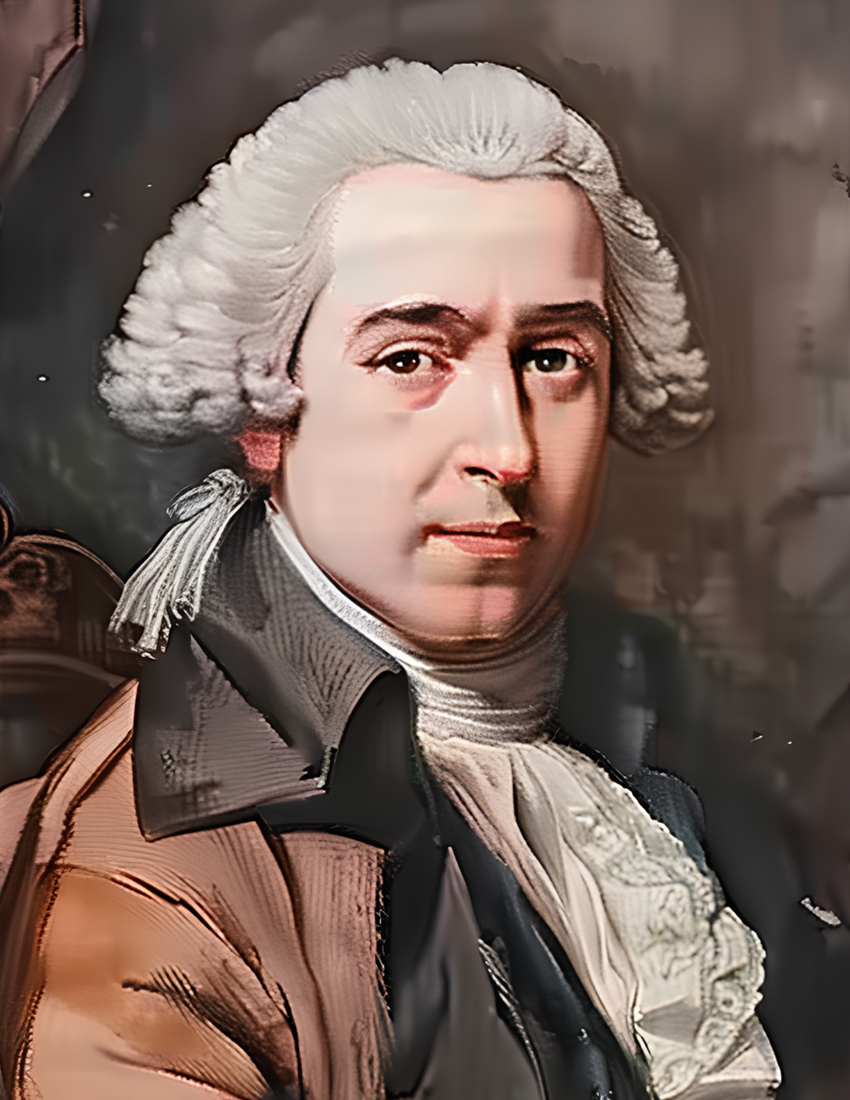Born: November 4, 1740, Farnham, Surrey, England.
Died: August 11, 1778, Kensington, Middlesex, England.
Buried: Whitefield’s Tabernacle, London, England.
Augustus Toplady

Hymns by Augustus Toplady
Augustus Montague Toplady, a name that may not be immediately familiar to many, left an indelible mark on Christian hymnody with his timeless composition, “Rock of Ages.” Born in 1740, Toplady’s life was marked by both tragedy and unwavering faith, ultimately leading him to pen one of the most beloved hymns of all time.
Early Life and Education
Toplady’s story began in Farnham, Surrey, England, where he was born on November 4, 1740. His father, Richard Toplady, was a commissioned officer in the Royal Marines who tragically died of yellow fever during the Battle of Cartagena de Indias in 1741, leaving young Augustus to be raised by his mother, Catherine.
Despite this early loss, Toplady excelled in his studies, attending Westminster School from 1750 to 1755 before moving with his mother to Ireland, where he enrolled in Trinity College Dublin. It was during his time at Trinity College that Toplady experienced a profound spiritual awakening.
Spiritual Awakening and Theological Convictions
In August 1755, at the tender age of 15, Toplady attended a sermon preached by James Morris, a follower of John Wesley. This moment marked his effectual calling from God and set him on a path of deep theological exploration. Initially influenced by Wesley’s Arminianism, Toplady’s views shifted toward Calvinism after reading Thomas Manton’s sermons on John 17.
Toplady’s Calvinist convictions would later put him at odds with John Wesley, sparking a bitter theological debate that spanned several years. Toplady’s unwavering belief in the doctrines of grace and predestination shaped his ministry and his enduring hymn, “Rock of Ages.”
Pastoral Ministry and Literary Pursuits
Following his graduation from Trinity College in 1760, Toplady returned to England, where he was ordained as an Anglican deacon in 1762. He served in various pastoral roles, including curate of Blagdon in Somerset and vicar of Broadhembury in Devon.
Alongside his pastoral duties, Toplady was a prolific writer and essayist. In 1759, he published his first book, “Poems on Sacred Subjects,” and later translated Girolamo Zanchi’s work on predestination. Toplady’s literary pursuits also led him to engage in theological debates, most notably with John Wesley on the topics of Calvinism and Arminianism.
The Enduring Legacy of “Rock of Ages”
In 1763, Toplady penned the words to “Rock of Ages,” a hymn that would become his most enduring legacy. The hymn’s powerful imagery and rich theological truths have resonated with believers for centuries, offering comfort, assurance, and hope in Christ.
A local tradition, though discounted by most historians, holds that Toplady drew inspiration for the hymn after seeking shelter under a large rock at Burrington Combe, a magnificent ravine close to Blagdon, during a thunderstorm. While the story’s veracity remains uncertain, it’s easy to see how such an experience could have influenced the vivid imagery in “Rock of Ages.”
The hymn’s opening lines, “Rock of Ages, cleft for me, / Let me hide myself in Thee,” beautifully encapsulate the Christian’s desperate need for the Savior. Toplady’s words paint a picture of Christ as our refuge, our shelter from the storms of life and the condemnation we deserve. Just as Toplady reportedly sought shelter beneath a rock during a thunderstorm, believers find their ultimate shelter in the Rock of Ages, Jesus Christ.
As the hymn unfolds, Toplady emphasizes the futility of human effort in achieving salvation, declaring, “Not the labors of my hands / Can fulfill Thy law’s demands.” He points us to the finished work of Christ on the cross, our only hope for redemption.
“Rock of Ages” serves as a powerful reminder that our salvation is found in Christ alone, the solid rock upon which we must stand. Toplady’s hymn has stood the test of time, continuing to inspire and encourage believers across generations and denominations. Whether or not the Burrington Combe story is true, the hymn’s message remains as powerful and relevant today as it was when Toplady first put pen to paper.
A Life Cut Short but a Legacy that Endures
In a curious twist, some Wesleyans in London circulated rumors that Toplady had not only died but that he had also renounced Calvinism on his deathbed. However, Toplady was very much alive and took it upon himself to appear in public in London to refute these claims. He was determined to set the record straight, not only about his physical health but also about his unwavering commitment to the doctrines of grace.
Sadly, Toplady’s life was cut tragically short soon after this incident. He died of tuberculosis on August 11, 1778, at the age of 37. However, his impact on Christian hymnody and theology endures. His unwavering faith, theological convictions, and poetic gift converged to produce a hymn that has touched countless lives.
Though he faced many trials and challenges, including these slanderous rumors, Toplady’s unwavering commitment to the truth of God’s Word and his deep love for the Savior shine through in every verse of “Rock of Ages.” His legacy continues to inspire believers to cling to Christ, our only hope and refuge.
As we sing this beloved hymn, may we remember the life and faith of Augustus Montague Toplady, a man who, though he walked through the valley of the shadow of death, found his hope and his salvation in the immovable Rock of Ages, Jesus Christ.

